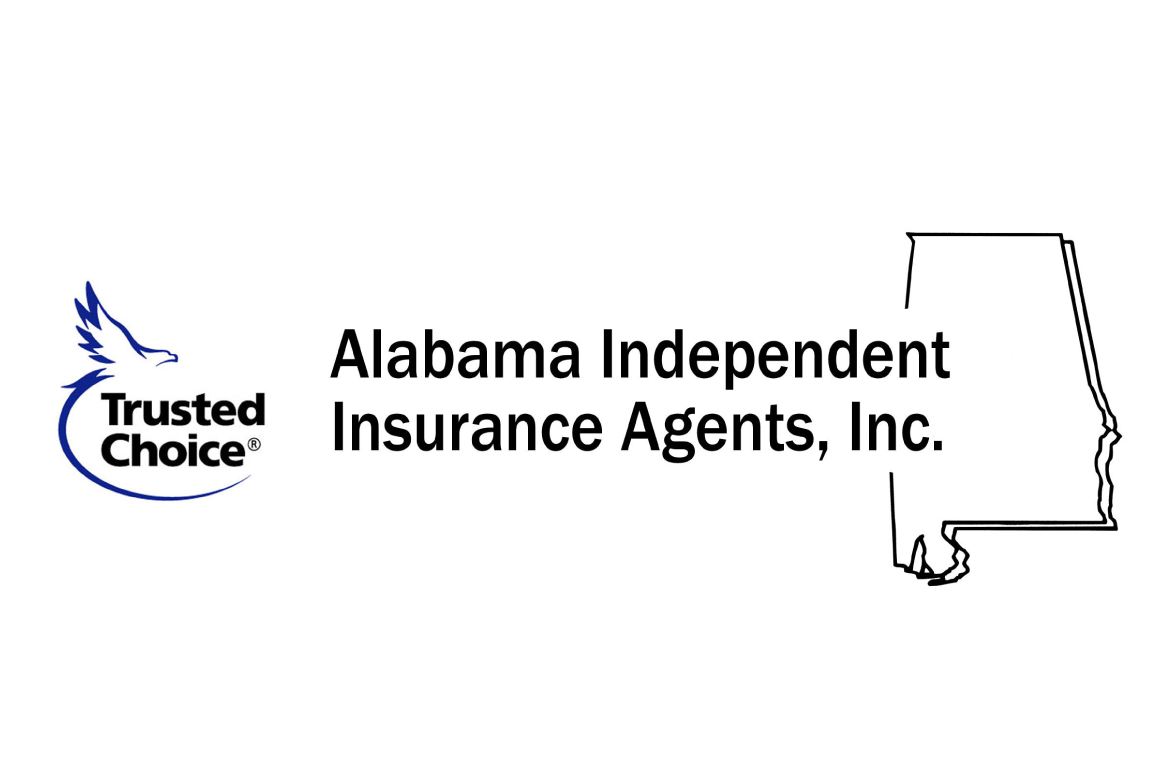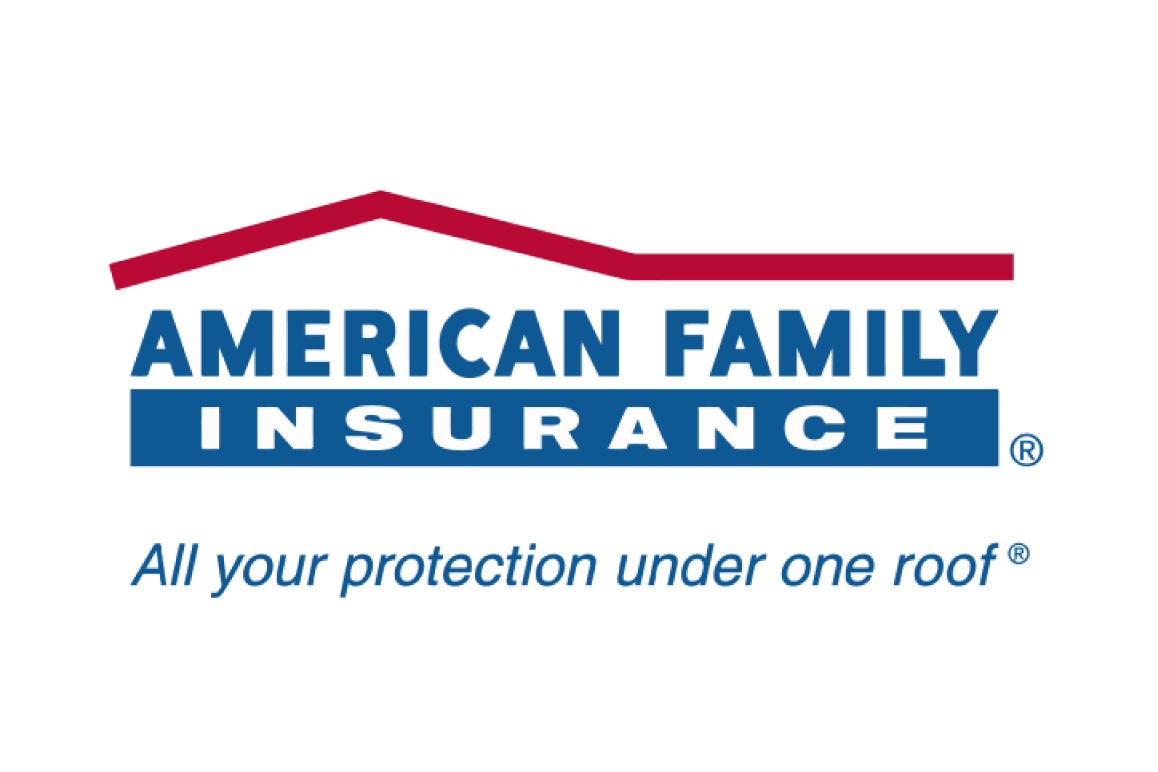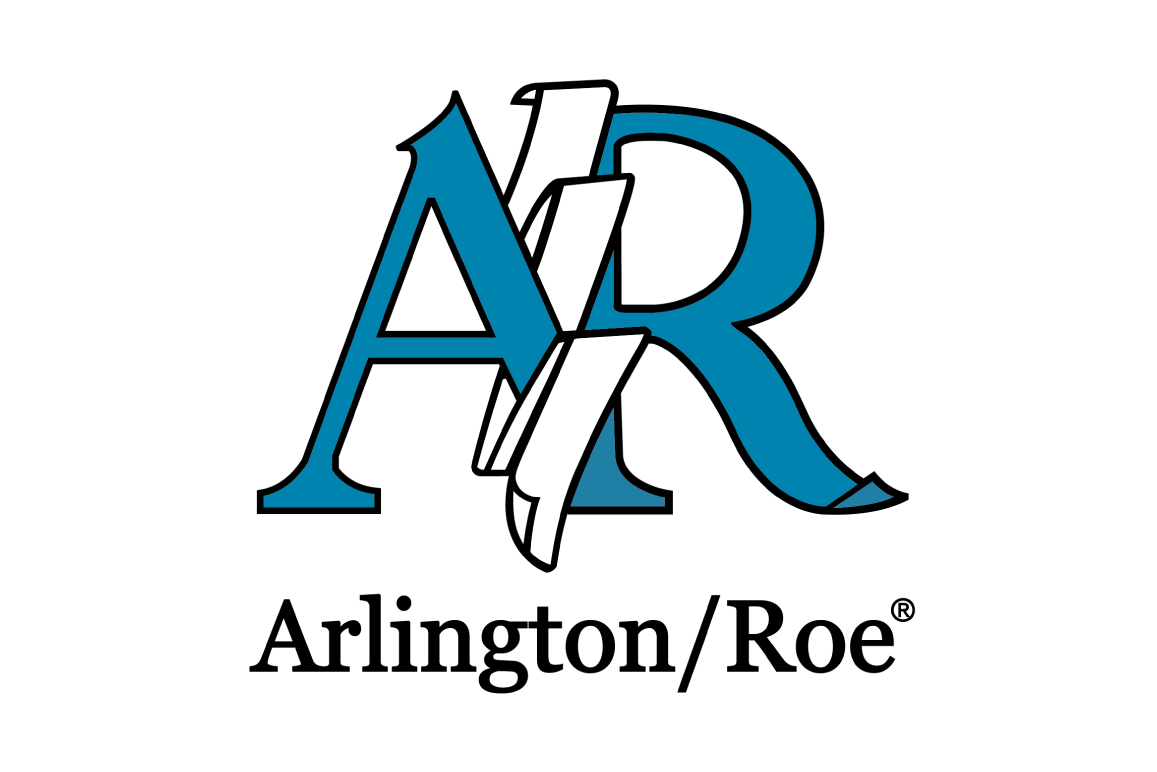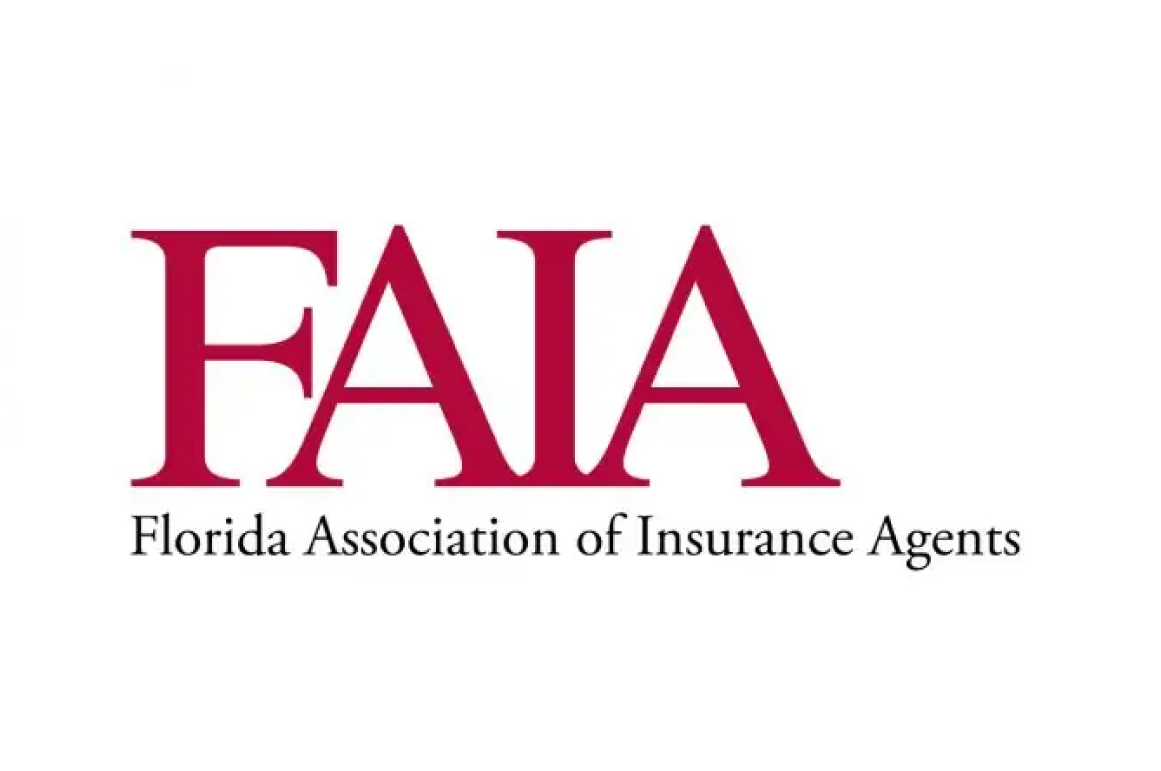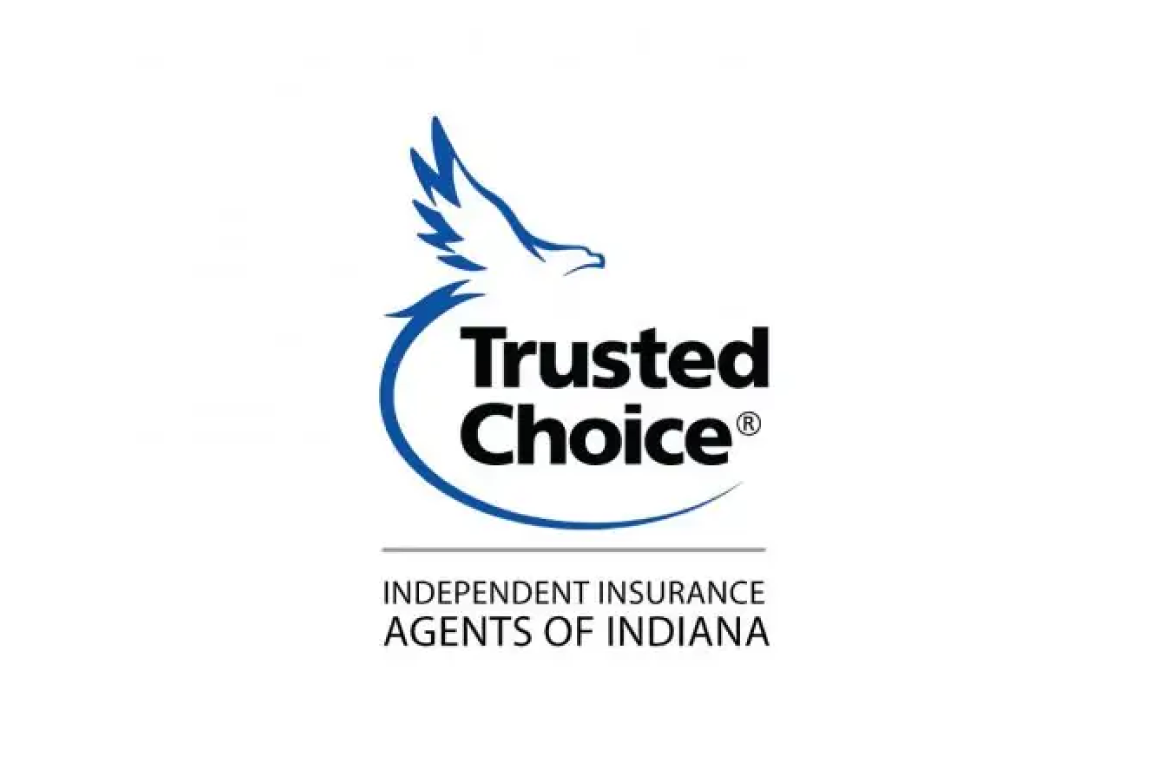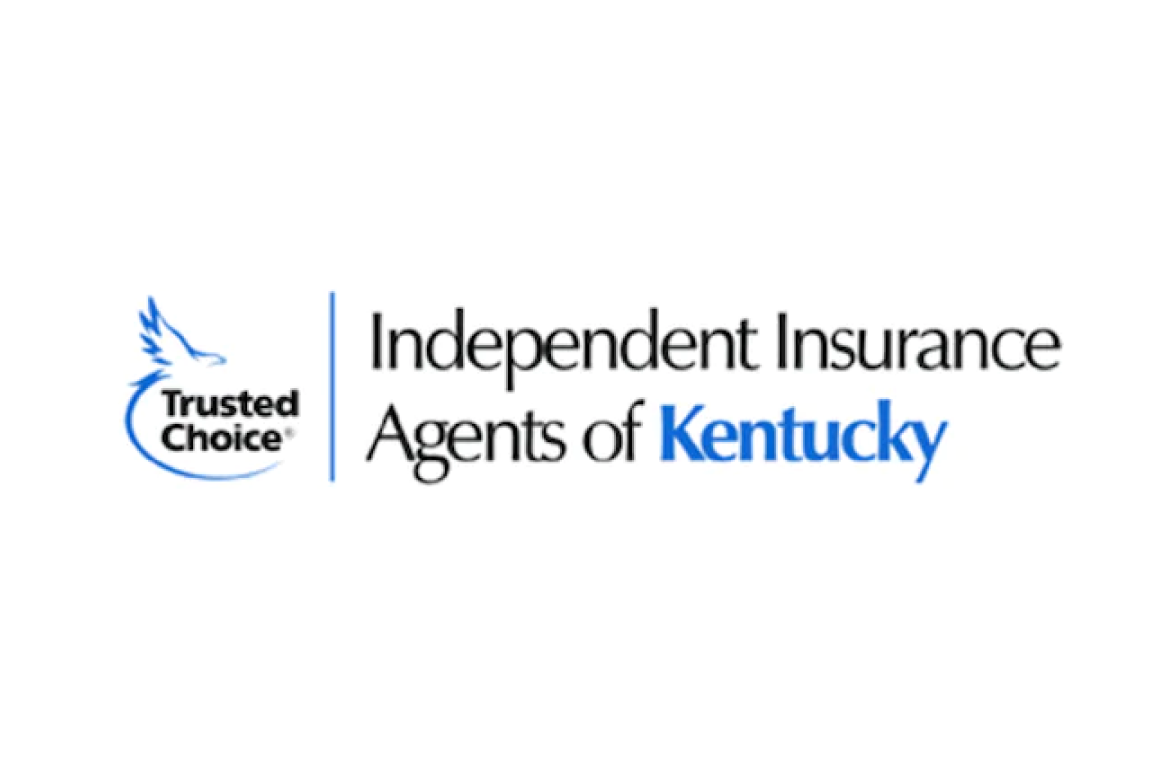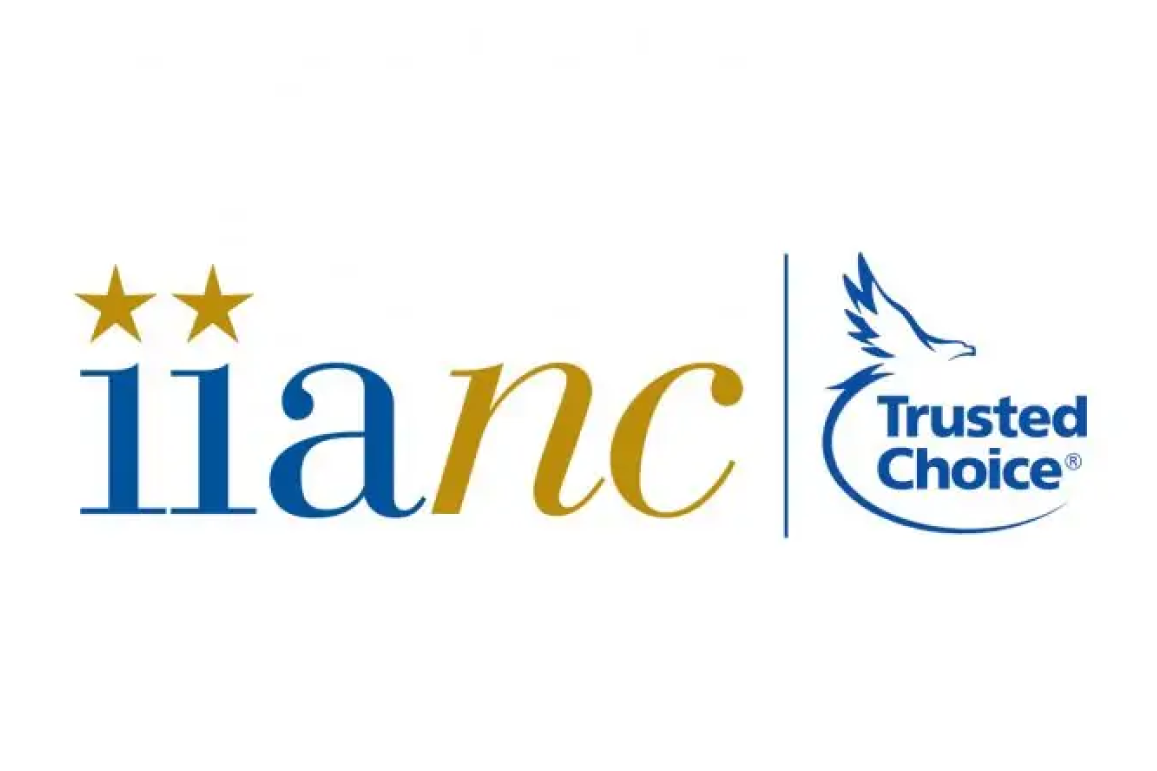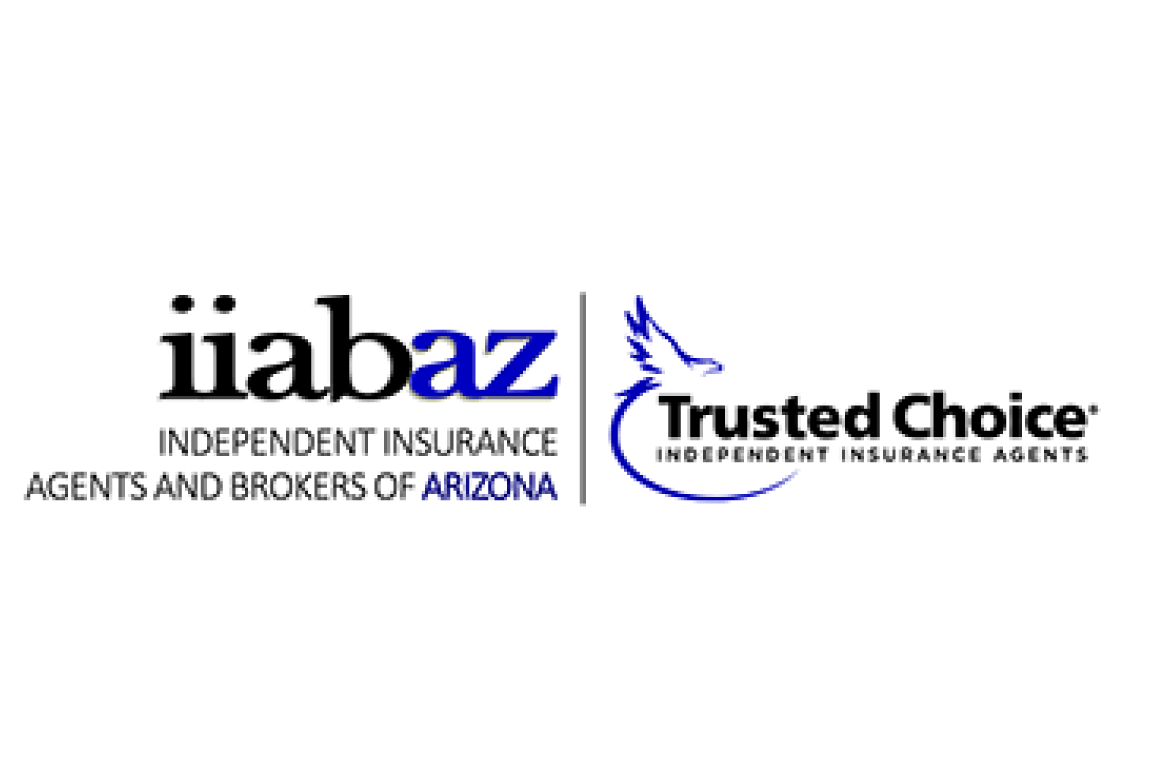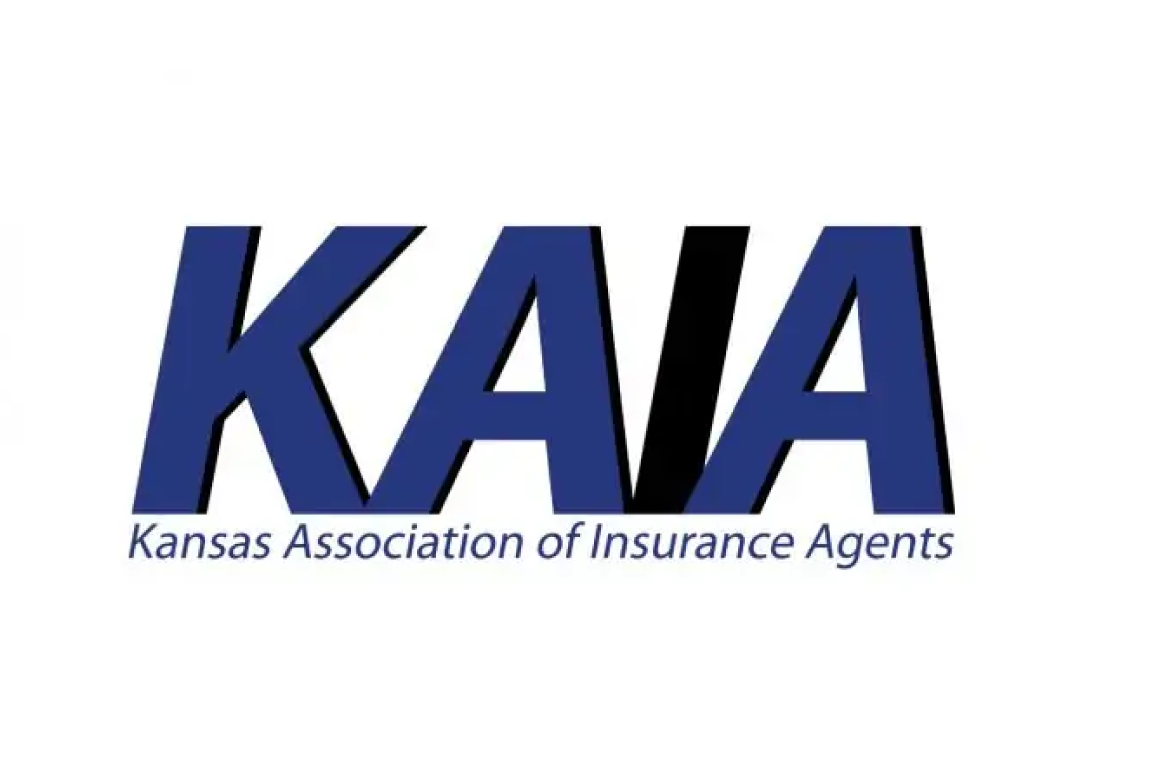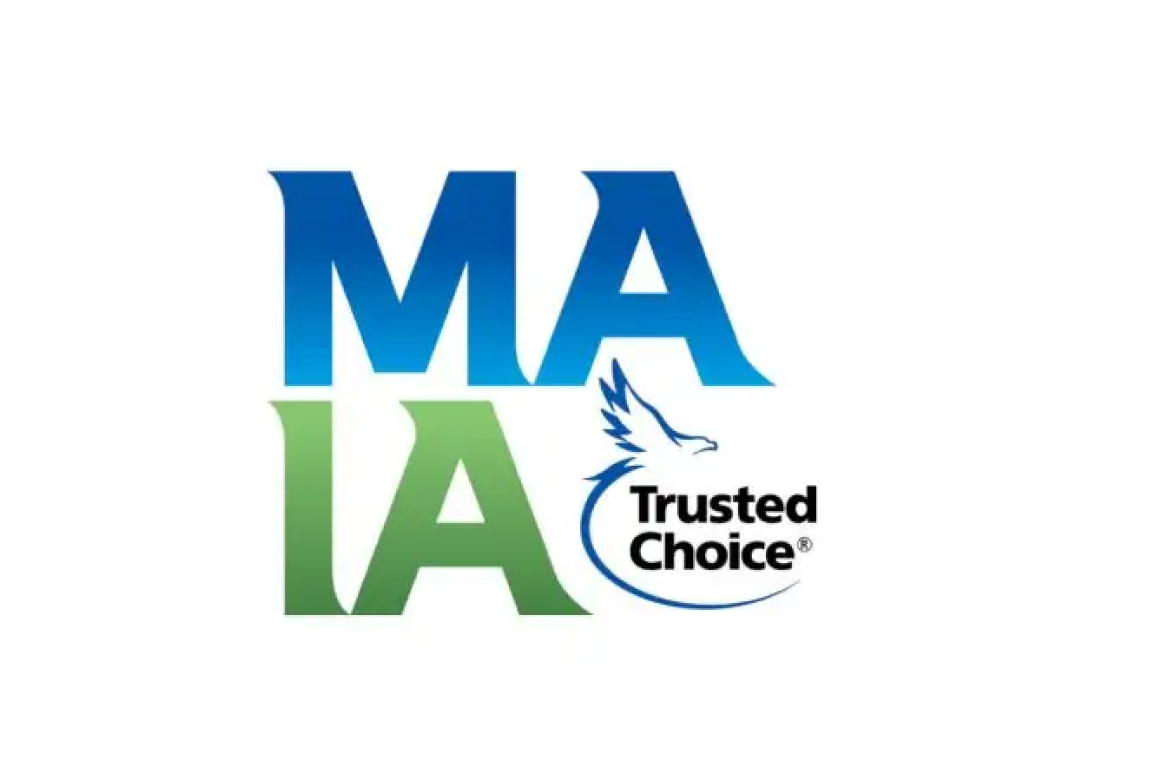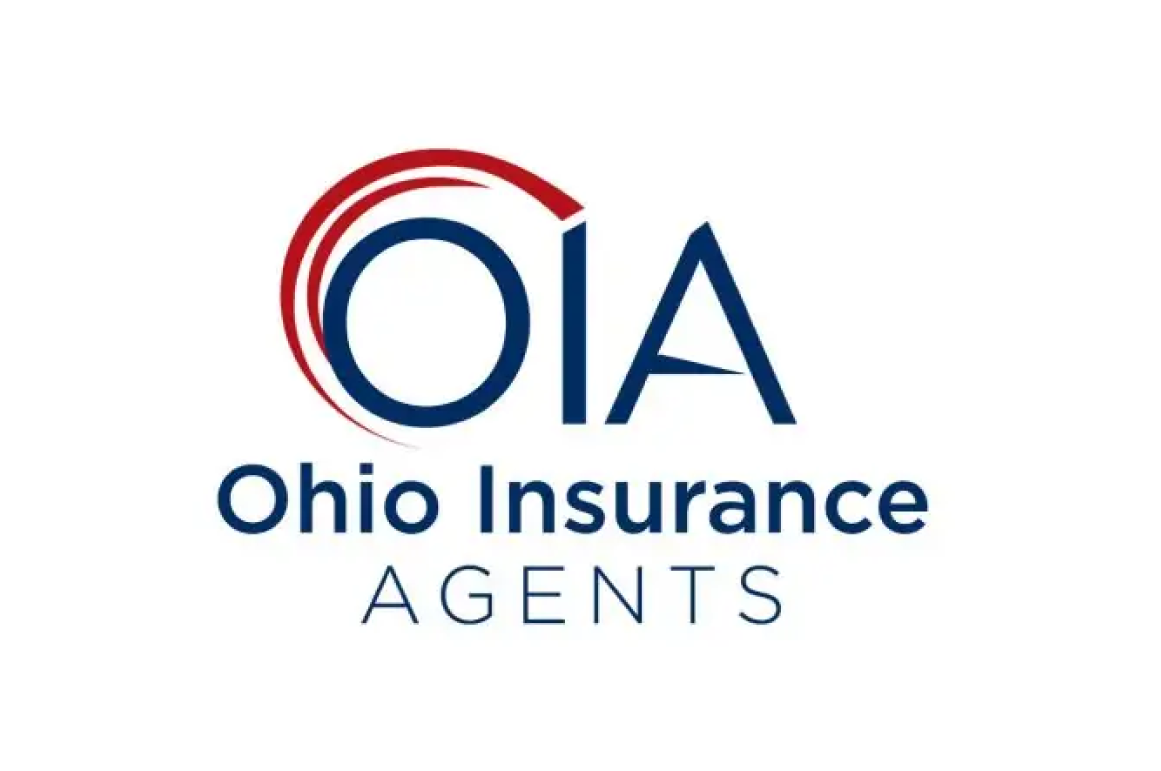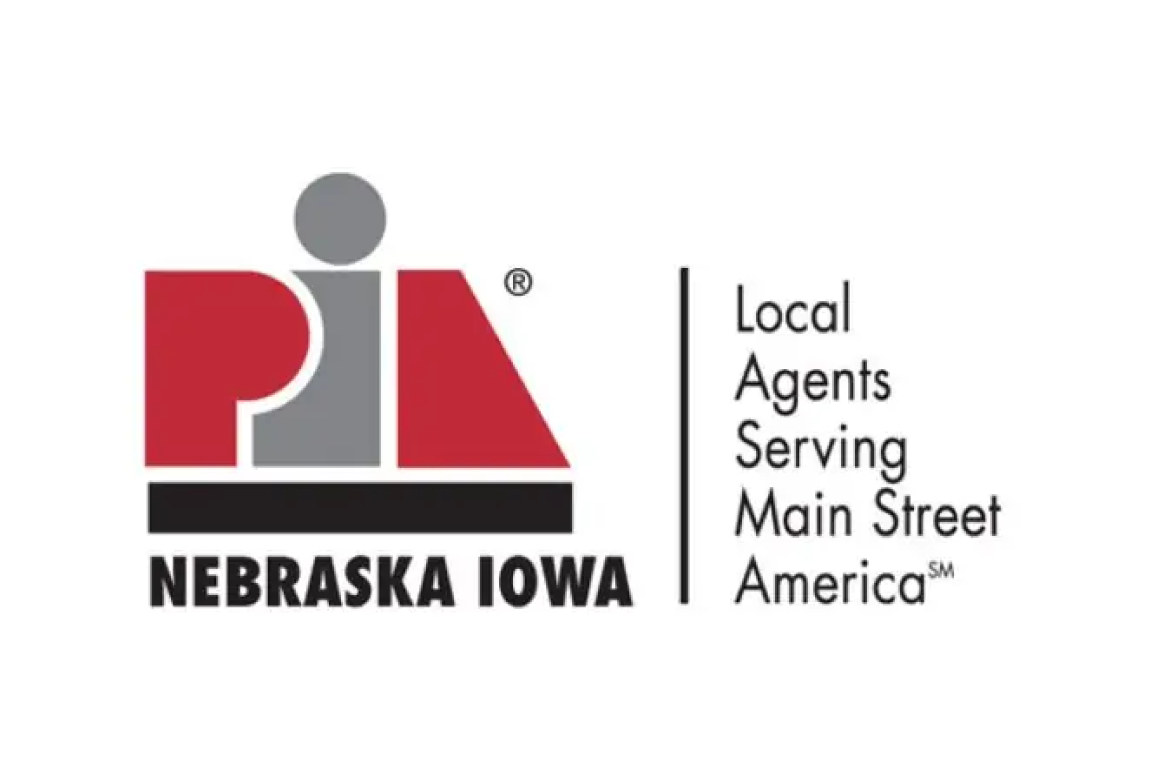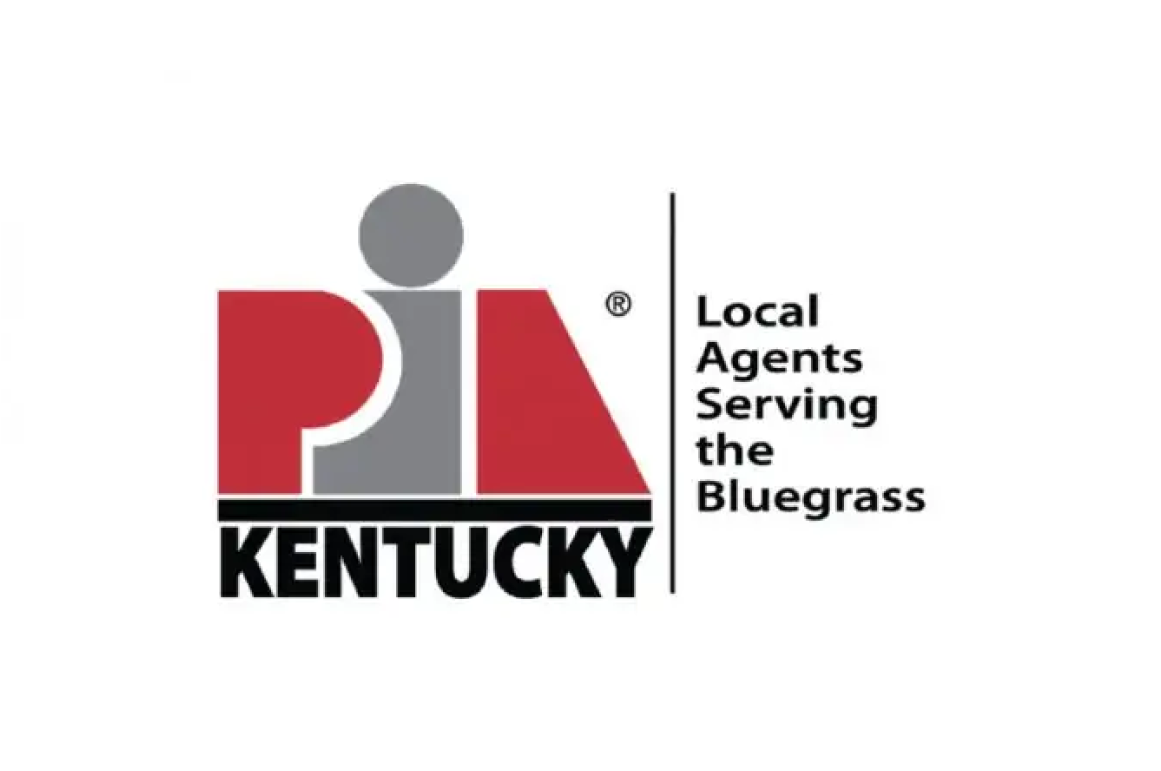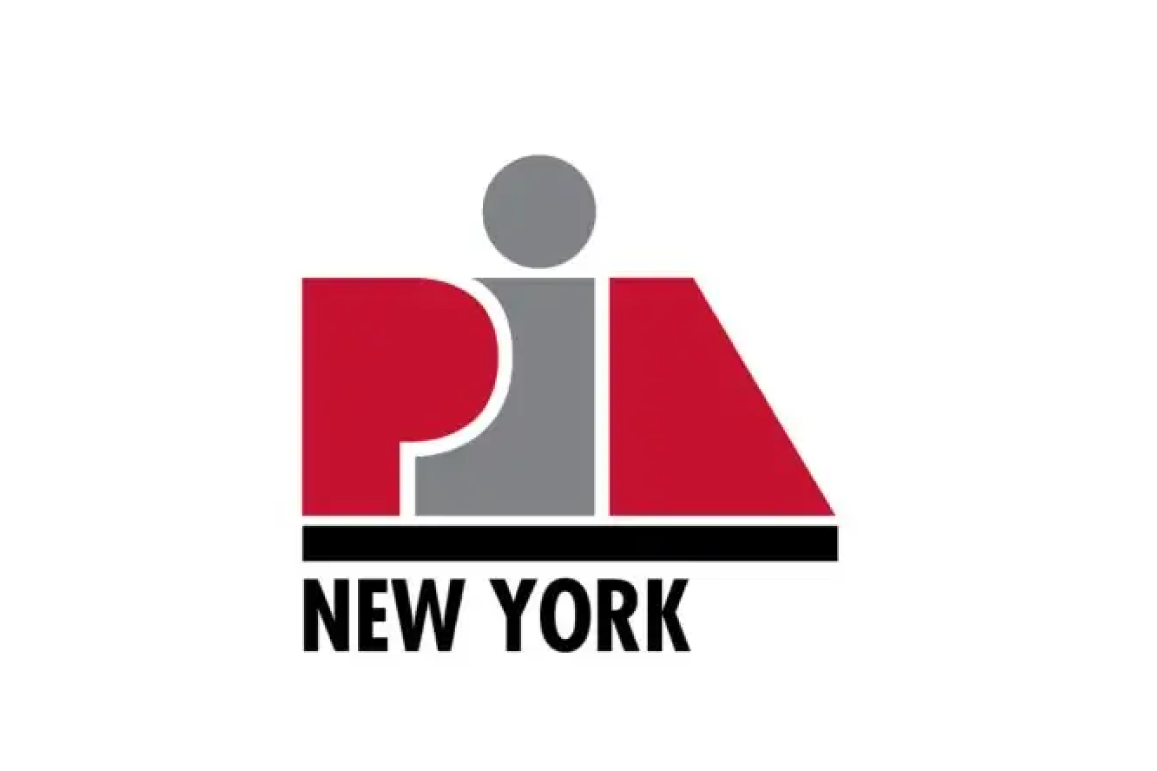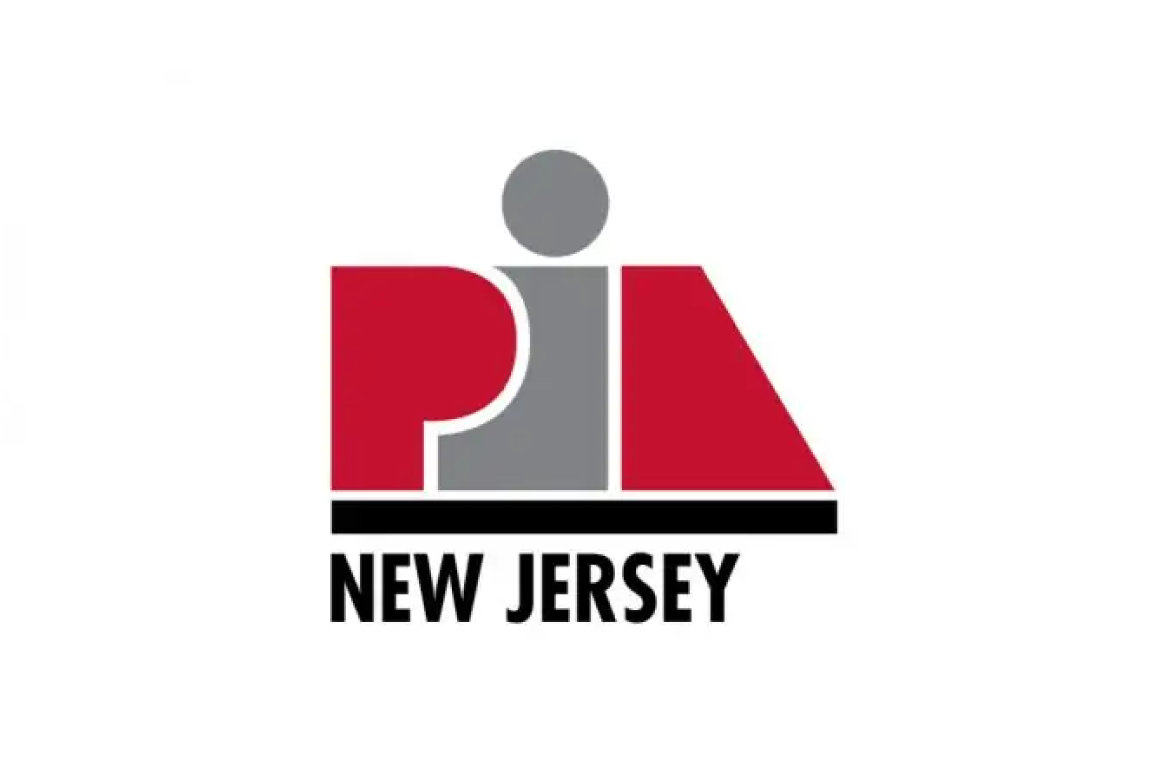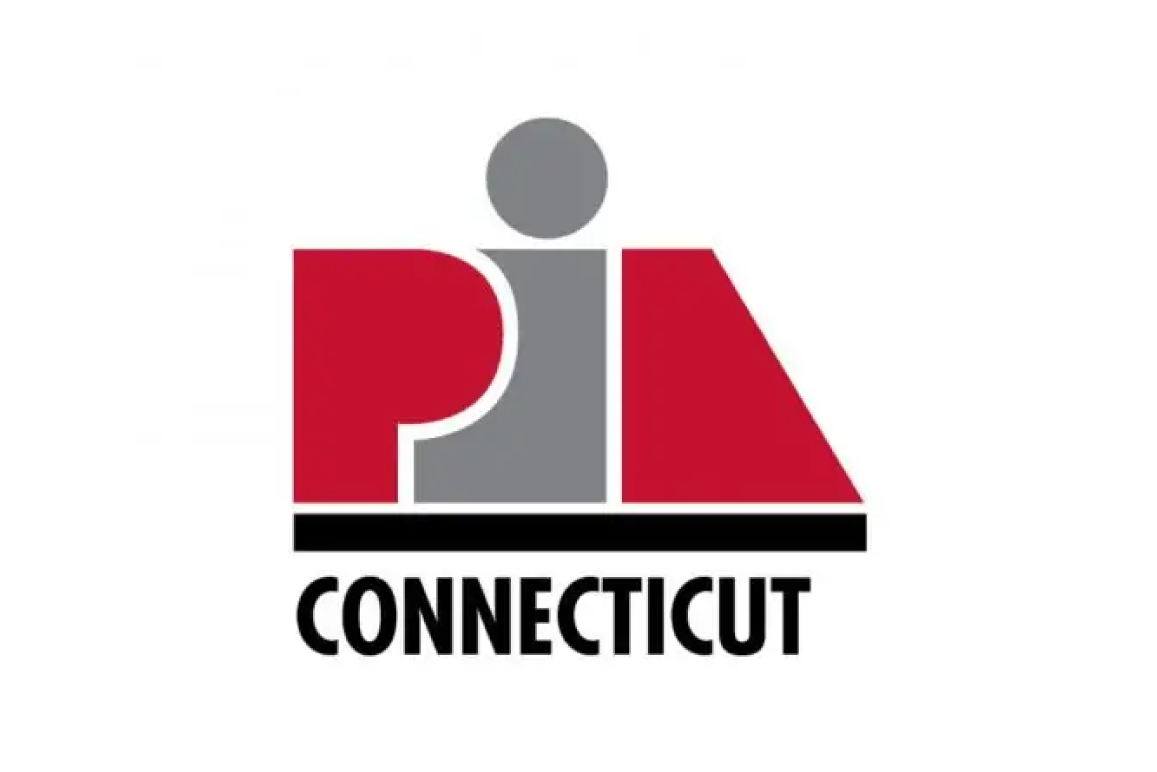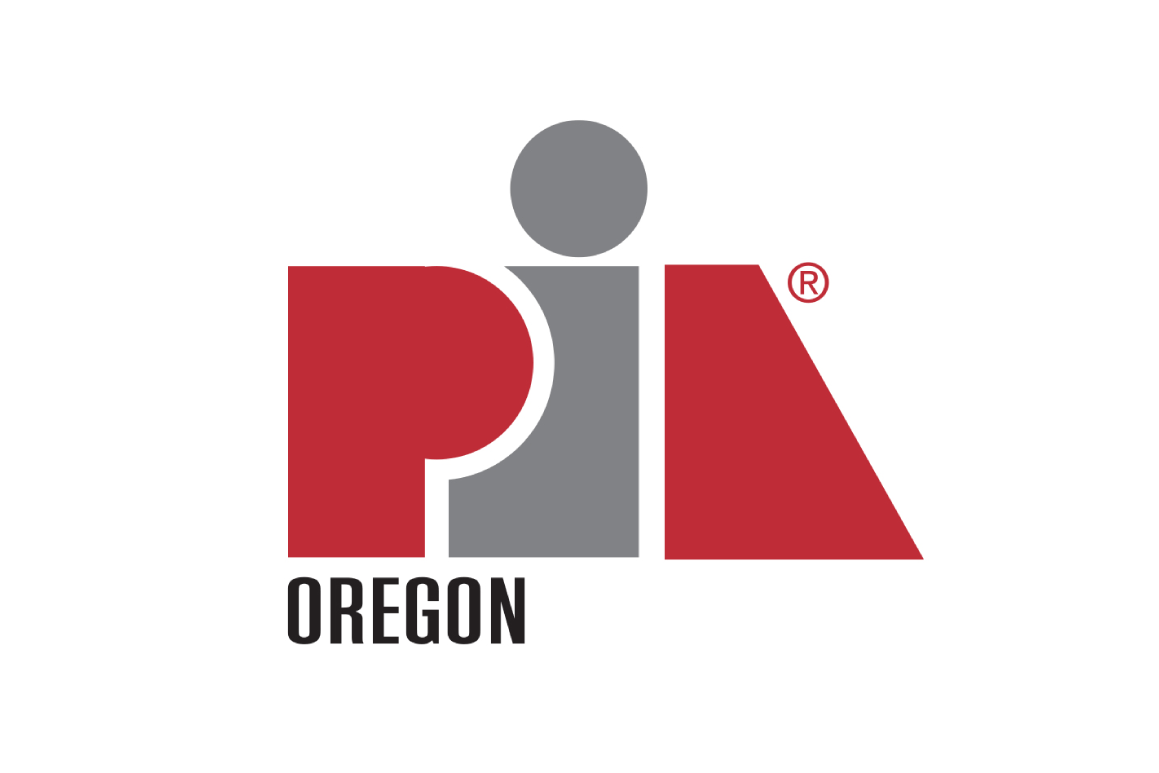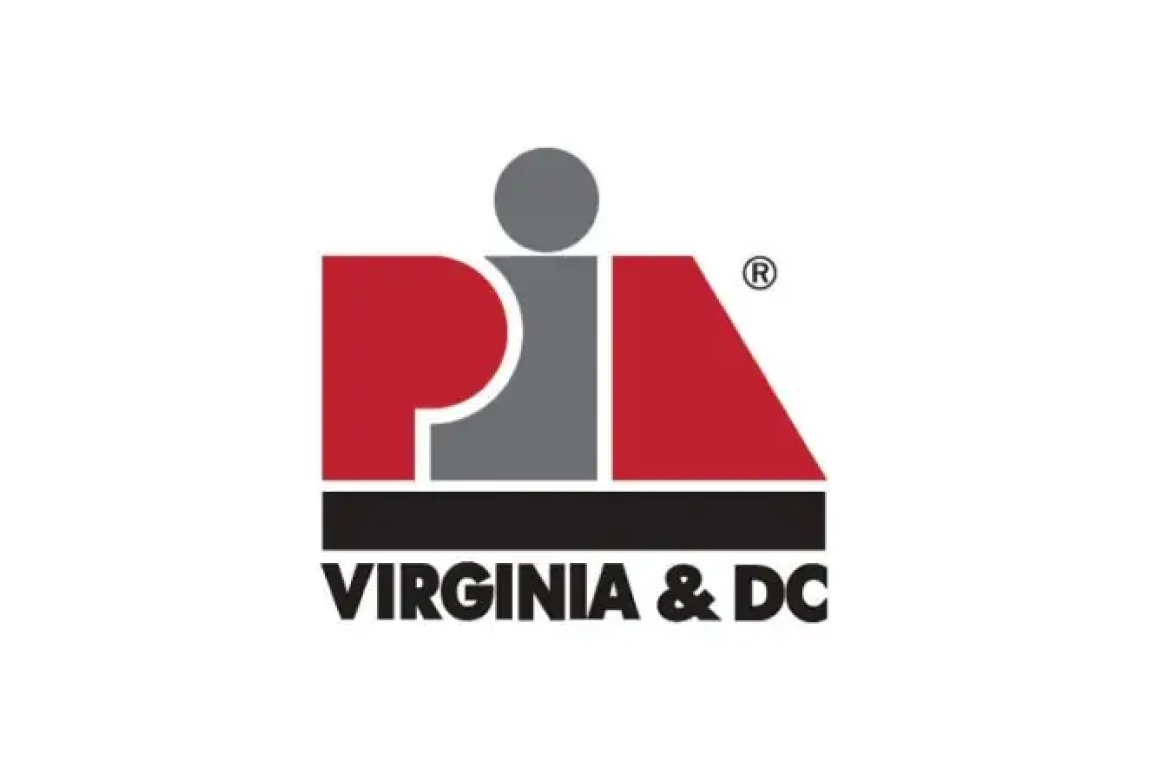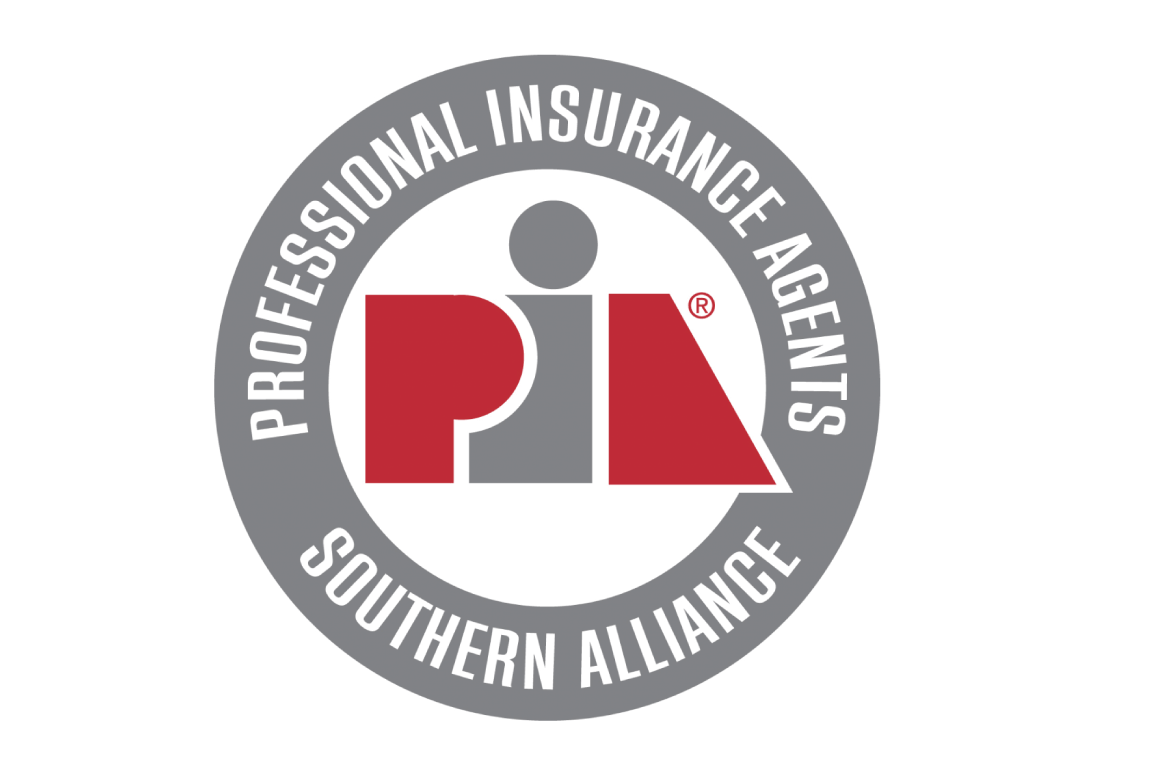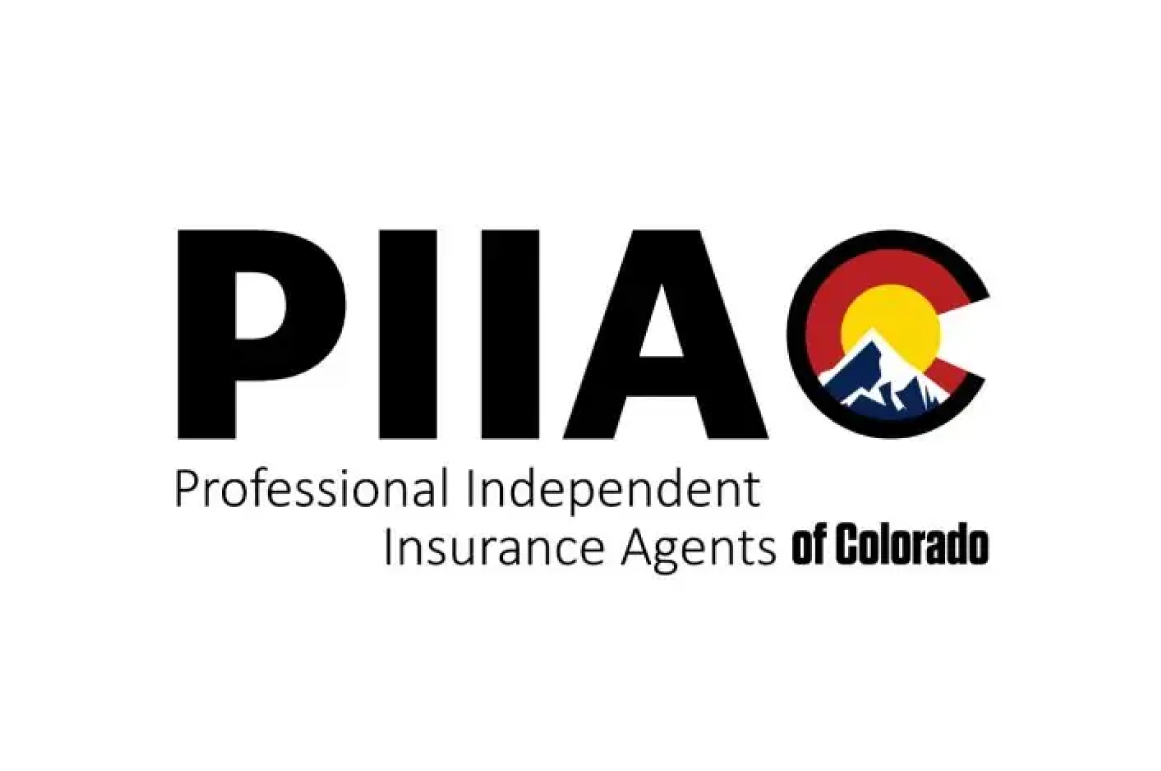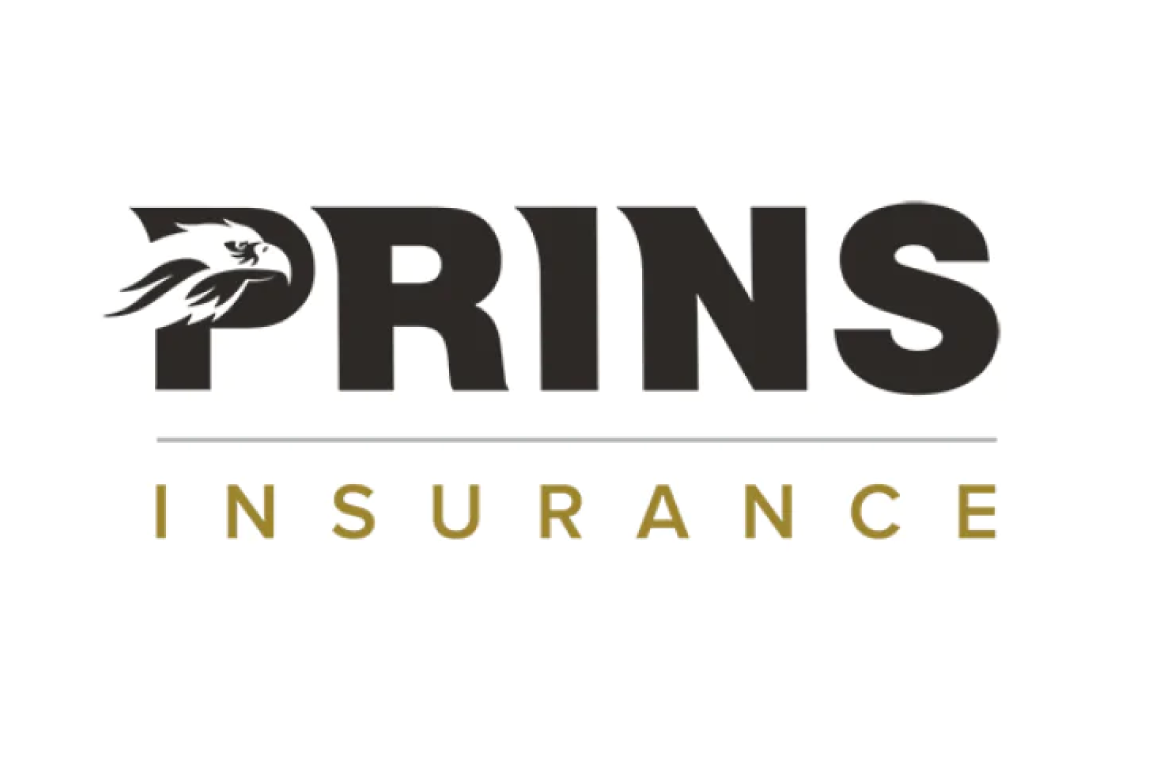
By Dustyne Bryant, MBA, CIC, CISR
Dustyne Bryant is the Personal Lines Academic Director for The National Alliance for Insurance Education & Research. In her role, Dustyne collaborates with National Alliance faculty and industry colleagues to research and analyze Personal Lines segment trends, data, and coverage in an effort to deliver relevant and quality educational content to growing insurance professionals.
In 2023 vehicle owners of a 2010 – 2021 Kia or a 2015 – 2021 Hyundai (with key starters) were suddenly (nearly overnight) at an increased risk for vehicle theft, more so than the average risk for vehicle theft. So much so that insurance carriers swiftly issued moratoriums and changes to underwriting and eligibility guidelines that either outright declined coverage for physical damage (i.e. theft) or require proof of additional features or measures installed by vehicle manufacturers before providing rates for physical damage coverage.
Hot-wiring vehicles to bypass the ignition switch is nothing new, but auto manufacturers have developed many anti-theft measures over the years to prevent hot-wiring. For more than two decades, newer vehicles may include chipped keys (a physical key that includes a signal transmitter specific to the car), smart keys (a key fob transmitter with a signal code specific to that vehicle), or immobilizers (an electronic system that ensures an engine will not start without the correct key code) as options for deterring theft. Unfortunately, these security features may not be included in cost effective base-model vehicles.
A lack of immobilizers, a security flaw, has been present in Kia and Hyundai vehicles for some time. A 2021 bulletin from the Insurance Institute for Highway Safety (IIHS) and the Highway Loss Data Institute (HLDI) reported concerns over Kia and Hyundai lagging behind other auto manufacturers to include vehicle immobilizers in standard vehicle packages. This 2021 report was already focused on the increased number of comprehensive coverage theft losses reported for Kia and Hyundai vehicles.
Why The Sudden Concern?
If hot-wiring and vehicle thefts are nothing new and between 50% and 74% of Kia and Hyundai vehicles haven’t had immobilizers for a decade or more… why the sudden increase in concern? Why are so many carriers cracking the whip on Kia and Hyundai vehicles now? To anyone who ever said that social media was just a trend, a flash in the pan, and nothing much to worry over… sorry, you were wrong. Since October of 2022 Kia and Hyundai vehicles have been stolen in record numbers, all because of a “Kia Challenge” that emerged on social media and encouraged stealing certain vehicles and taking them out for a “joy ride.” The challenge showed how to easily remove a steering wheel cover and the ignition cylinder and then effortlessly turn over the ignition using nothing more than a cord or thumb drive with a USB-A adaptor on one end. Nothing fancy to see; no special equipment is required. The cord doesn’t need to be connected to power. There is no transfer of data to override a system… just a good ‘ol mechanical bypass in seconds. What makes this so concerning is that expertise in car theft is not required because the bypass is effortless.
Social media has created a way for people and companies to share information instantly and if it’s popular the information can gain mass visibility overnight. Since September 2022 the challenge achieved overnight popularity with more than 75 million views by March 2023. According to IIHS.org, law enforcement agencies across the nation are reporting an accelerated increase in the thefts of Kia and Hyundai vehicles. The National Highway and Transportation Safety Administration (NHTSA.gov) states that the trend “has resulted in at least 14 vehicle crashes and eight fatalities.”
What’s being done?
On February 14th, 2023, NHTSA reported that Kia and Hyundai are providing a free-of-charge software upgrade for vehicles without immobilizers. However, the upgrade is only a deterrent that increases the length of time the vehicle alarm sounds from 30 seconds to one minute.
The NHTSA is also working with law enforcement agencies in many states to provide steering wheel locks (like The Club). But this only makes the vehicle difficult to maneuver, not impossible to drive.
Kia and Hyundai both report that they are testing solutions, that will be free of charge to Kia consumers, but the timeline for availability of a solution is still unknown.
Insurance Carriers Taking Action
Because of the increases in theft losses for Kia and Hyundai vehicles, insurance carriers, like Progressive Insurance and State Farm, took notice and quickly released statements confirming that insuring these vehicles is difficult. More and more carriers are following. Insurance carriers are updating underwriting and eligibility guidelines on new insurance policies that may either outright prevent new policies from being issued with Other Than Collision (also known as Comprehensive) coverage or may require consumers to provide proof that additional security features or systems have been installed by vehicle manufacturers before providing rates for physical damage coverage.
Progressive Public Relations Associate Manager, Jeff Seibel, told CNN “During the past year we’ve seen theft rates for certain Hyundai and Kia vehicles more than triple and in some markets, these vehicles are almost 20 times more likely to be stolen than other vehicles. Given that we price our policies based on the level of risk they represent, this explosive increase in thefts in many cases makes these vehicles extremely challenging for us to insure. In response, in some geographic areas, we have increased our rates and limited our sale of new insurance policies on some of these models.”
Next Steps for Independent Insurance Professionals:
 Identify
Identify
First and foremost, PAY ATTENTION. Identify which insurance carriers are taking action and what they are doing. Know which carriers have moratoriums or updated underwriting and eligibility guidelines in place and in which states. Try to determine how long these actions are expected to last.
Determine if there are any reports from your agency management system (or carrier) which may help identify at-risk clients. This will be helpful because attention to client activity will be necessary. If non-pay cancellations weren’t worrisome before, they will be worrisome now. A policy cancellation for non-pay may not be easily considered for reinstatement if a vehicle insured is a Kia or Hyundai. Once the policy cancels, if reinstatement is not granted, the client will be subject to any updated underwriting and eligibility guidelines. Do not rely on the ability to simply move to another carrier. Insurance professionals miss carrier notifications from time to time. Discovering that a carrier has dropped an underwriting bomb on Kia and Hyundai vehicles at the point of sale will be seriously disappointing.
 Notify
Notify
Insurance professionals or agencies should consider sending a newsletter or mailer to clients. Not just the Kia and Hyundai owners… all of them. Let clients know what is happening and why. This may deter clients from purchasing a problematic vehicle (i.e. risk avoidance). Do not simply rely on carrier notifications, clients want to hear from the professional(s) they trust. They want to know they are going to be ok.
For Kia and Hyundai clients who have existing insurance policies with carriers taking additional underwriting action, advise them to stay put with their carrier for now, even if any renewal premiums may be a little more than they would like to bear. Insurance carriers updating underwriting guidelines related to Kia and Hyundai vehicle thefts are “grandfathering” existing policies, meaning those clients will get to keep their OTC/Comprehensive coverage for theft loss. This translates into the cost of risk (COR) and risk transfer. Even if rates are a little higher than desired, suffering a total theft loss may not be a loss the client is prepared to self-finance. Pay a little more now to avoid paying a lot, later.
 Mitigate
Mitigate
Insurance professionals are advisors. Clients will call and ask what to do. Other than the above-provided points, advise them to contact their local dealership to see if the manufacturer is offering any solutions. They should follow up as many times as necessary until the manufacturer provides solutions or they get rid of the vehicle. Offer clients other theft deterrent measures to consider. Law enforcement agencies are advising to:
- Park in well-lit areas when parking in public
- Park the vehicle within a locked structure if possible (like a home garage)
- Ensure all doors are locked – thieves look for easy targets and will go for an unlocked car over the noise created by smashing vehicle windows
- Consider purchasing a steering wheel lock – they may be enough to deter novice mischief
- Consider installing an alarm system secondary to the manufacturer alarm
- Consider installing a vehicle GPS tracking device
 Monitor
Monitor
Surely this will not last forever. Kia and Hyundai have been named in a class action lawsuit which means they likely are not looking to continue this vulnerability and consumers are not likely to continue purchasing vehicles that are not worth their investment. Keep a pulse on whether these moratoriums and underwriting and eligibility guidelines are a temporary measure.
Gain the upper hand by embracing the power of social media. Take a proactive step and create that social media account you’ve been hesitant to create. By staying informed, you can be in the know about emerging hazards before they make national headlines.
For more information on manufacture anti-theft software updates, click here for Hyundai or here for Kia.







